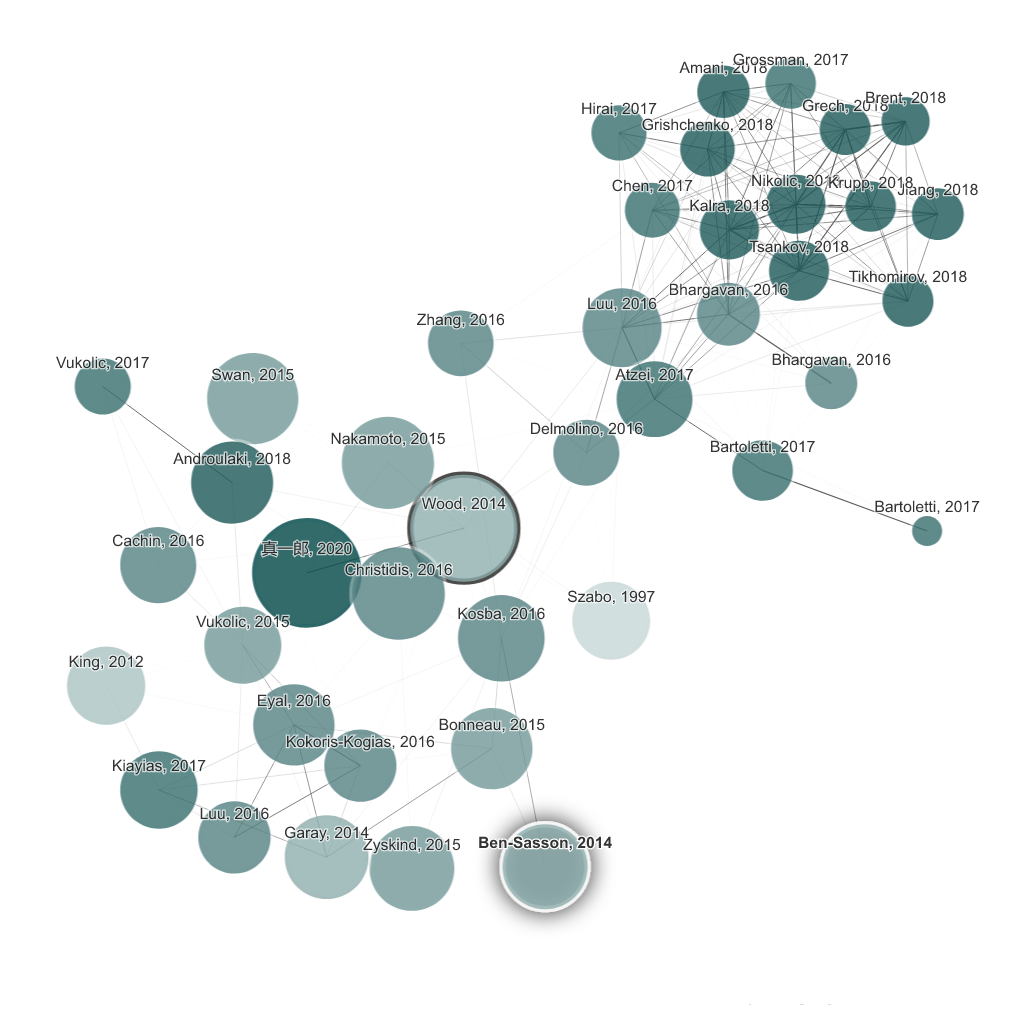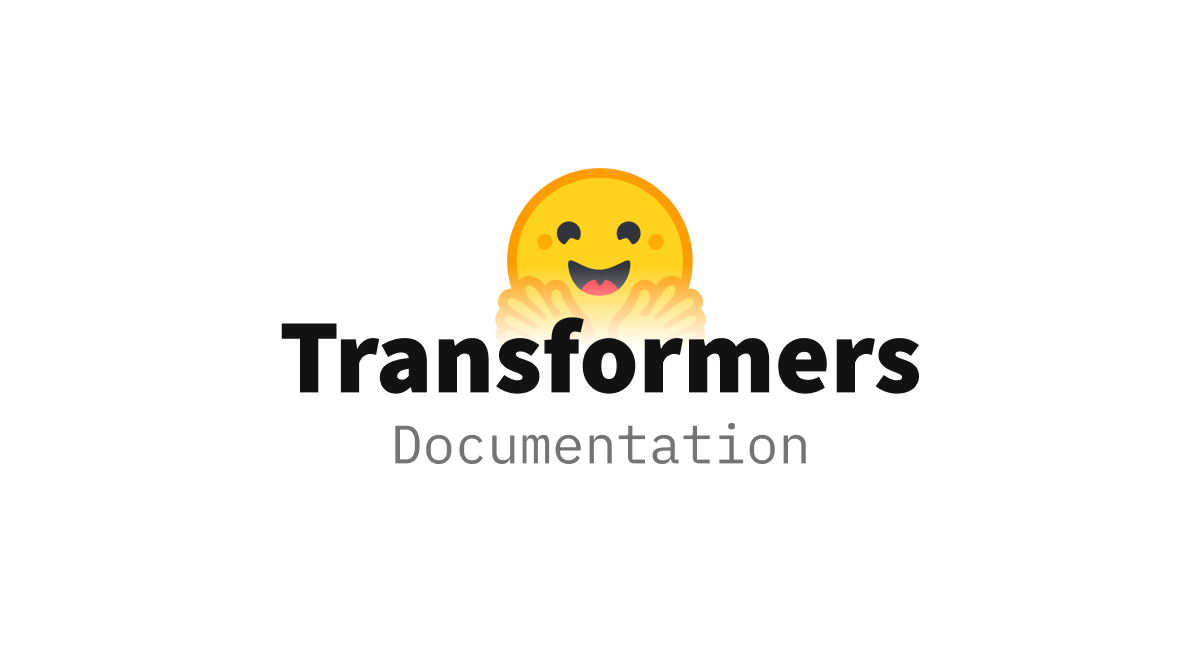ConvSumm
Official
Summary
We aim to improve abstractive dialogue summarization quality and, at the same time, enable granularity control. Our model has two primary components and stages:
- a two-stage generation strategy that generates a preliminary summary sketch serving as the basis for the final summary. This summary sketch provides a weakly supervised signal in the form of pseudo-labeled interrogative pronoun categories and key phrases extracted using a constituency parser.
- a simple strategy to control the granularity of the final summary, in that our model can automatically determine or control the number of generated summary sentences for a given dialogue by predicting and highlighting different text spans from the source text.

To solve these challenges, we propose CODS, a COntrollable abstractive Dialogue Summarization model equipped with sketch generation. We first automatically create a summary sketch that contains user intent information and essential key phrases that may appear in summary. It identifies the interaction between speakers and salient information in each turn. This summary sketch is prefixed to the human-annotated summary while fine-tuning a generator, which provides weak supervision as the final summary is conditioned on the generated summary sketch. In addition, we propose a length-controllable generation method specifically for dialogue summarization. Desired lengths of summaries strongly depend on the amount of information contained in the source dialogue and granularity of information the user wants to understand. We first segment the dialogue into different segments by matching each summary sentence linearly to its corresponding dialogue context. Then we train our model to generate only one sentence for each dialogue segment. This strategy makes use of the distributed information of the dialogue and make the generated summaries more trackable.
Architecture

Experiments


 https://pypi.org/project/pyrouge/
https://pypi.org/project/pyrouge/
Performance










Further Readings
 https://direct.mit.edu/tacl/article/doi/10.1162/tacl_a_00423/108199/Controllable-Summarization-with-Constrained-Markov
https://direct.mit.edu/tacl/article/doi/10.1162/tacl_a_00423/108199/Controllable-Summarization-with-Constrained-Markov


